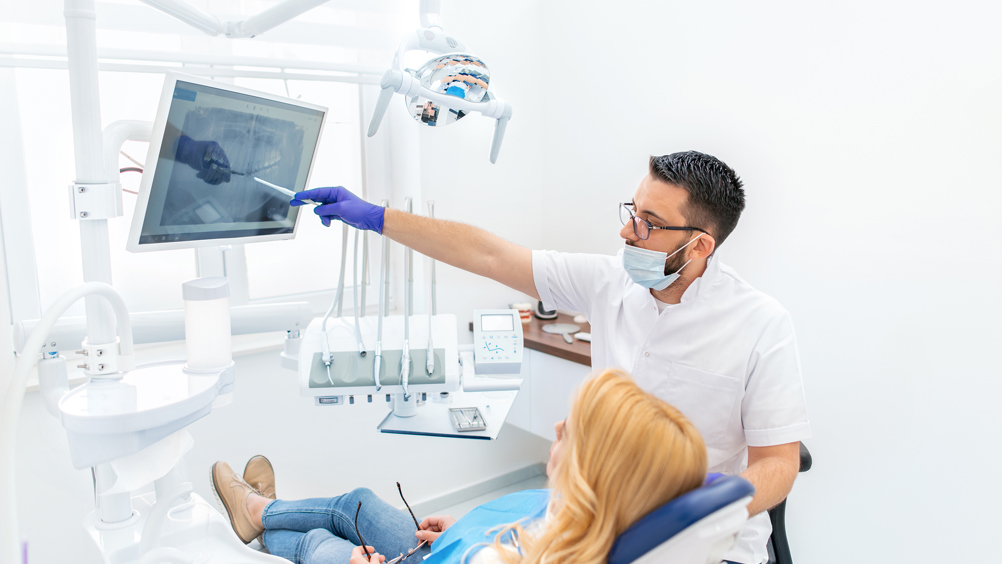An enhancement to care

Michael Sultan makes the case for digital communication.
Michael Sultan makes the case for digital communication.
Real vs digital communication in dentistry has never been a straightforward relationship. A lot of the latest, most innovative technology has been developed to help us communicate better – so the manufacturers say. But many dentists are still sat firmly on the fence.
Digital communication facilitates remote working and, for many sectors post-lockdown, this is the way forward. Also, in some areas of dentistry, there are services that are now being offered remotely – for example, video calling for initial consultations. So, is this just a problem with the word ‘remote’? Describe someone as remote, and you’re describing them as distant and cold, when empathy and compassion are vital qualities for a dentist.
In my daily practice as an endodontic specialist who takes referrals, how well my patients and I communicate is key to successful treatment outcomes, and often this communication is non-verbal. I am constantly aware of the signs and signals they give that prompt me to stop, listen, ask. My area of speciality is one that has become alluringly cloaked in myth, mystery and misconception. Sometimes, when I am recommending root canal therapy and exalting its benefits to a patient, I might be hearing agreement, but seeing body language that tells me something different. That’s my cue to turn our conversation to their fears, concerns and anxieties. Only when I know they’re on the same page as me, can I proceed with confidence.
Register now to continue reading
WHAT’S INCLUDED
-
Unlimited access to the latest news, articles and video content
-
Monthly email newsletter
-
Podcasts and members benefits, coming soon!

